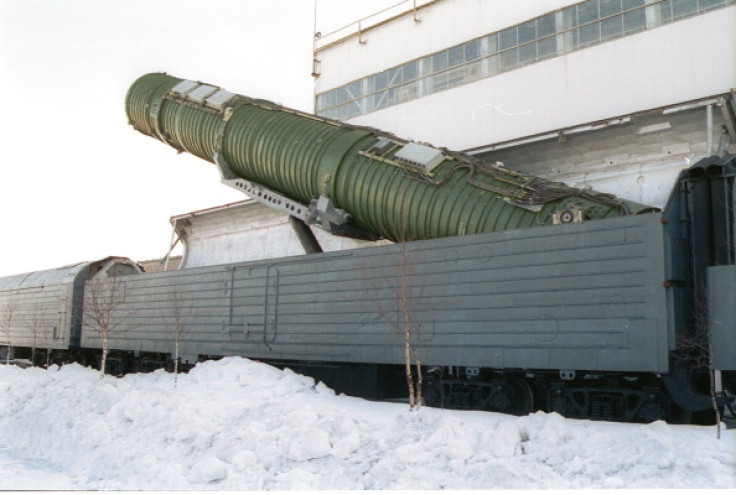Russia developing AI-powered cruise missile that can think, steer, and select targets
'Work in this area is under way,' Boris Obnosov, Tactical Missiles Corporation CEO, said.

Russia is working on an AI-powered cruise missile that may be capable of thinking and making decisions by itself. The aim is to create a missile that can choose its own targets.
"We saw this example, and when the Americans used it in Syria ... when it is possible to re-direct [missiles] to targets" Boris Obnosov, Tactical Missiles Corporation CEO, said in an interview with Tass.
"Work in this area is under way. This is a very serious field where fundamental research is required" he added.
Obnosov also said that while certain aspects of such systems are available, there are several years of research left to achieve specific results. Those results involve giving missiles the ability to analyse the air, radar situations, and make real time decisions on altitude, direction, and speed of the flight on its own.
The US has a version of such a missile which they used in Syria. The Tomahawk Block IV cruise missile can circle for hours, shift course instantly, and even send pictures back to its base before hitting a target, according to its designer Raytheon. The missile has a range of over 1,000 miles.
Apart from AI-powered cruise missiles, Russia is also working on drones, guns, and actual robots that can drive and shoot.
Kalashnikov, makers of the infamous AK-47, have built an AI-powered "combat module" that they are going to be showcasing in this year's Russian Army Expo to be held between 22 and 27 August in Moscow.
The weapon looks like a sentry gun from the future that is run by a quickly learning neural network that "enables it to identify targets and make decisions". Sofiya Ivanova, Kalashnikov Director for Communications, in an interview with Tass said: "In the imminent future, the Group will unveil a range of products based on neural networks."
Russia, meanwhile, is building drones powered by their own neural networks that are completely autonomous and can eventually form a swarm of drones and attack targets without any human intervention. The Kronstadt group is developing such AI drones for both military and civilian use. The company's CEO Armen Isaakyan said that the technology is still in the future. "It's too early to talk about such 'swarms', except for some secret programs, perhaps," he was quoted as saying by Tass.
The US is also not far behind in creating drones that can think and act by themselves. A drone program that was tested this year had a fighter jet deploy several small 12 inch drones that behave like a swarm. "They are not pre-programmed synchronised individuals, they are a collective organism, sharing one distributed brain for decision-making and adapting to each other like swarms in nature," William Roper, director of the Strategic Capabilities, said. "The swarm has no leader and can gracefully adapt to drones entering or exiting the team," he added.
With countries around the world, including China working on their own versions of smart drones and unmanned defence systems, AI is getting more complex as Stephen Hawking says, "The rise of powerful AI will be either the best or the worst thing, ever to happen to humanity. We do not yet know which."
© Copyright IBTimes 2024. All rights reserved.





